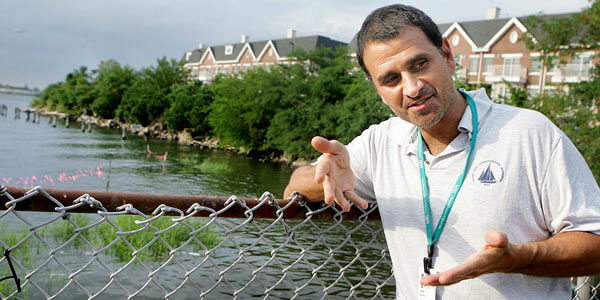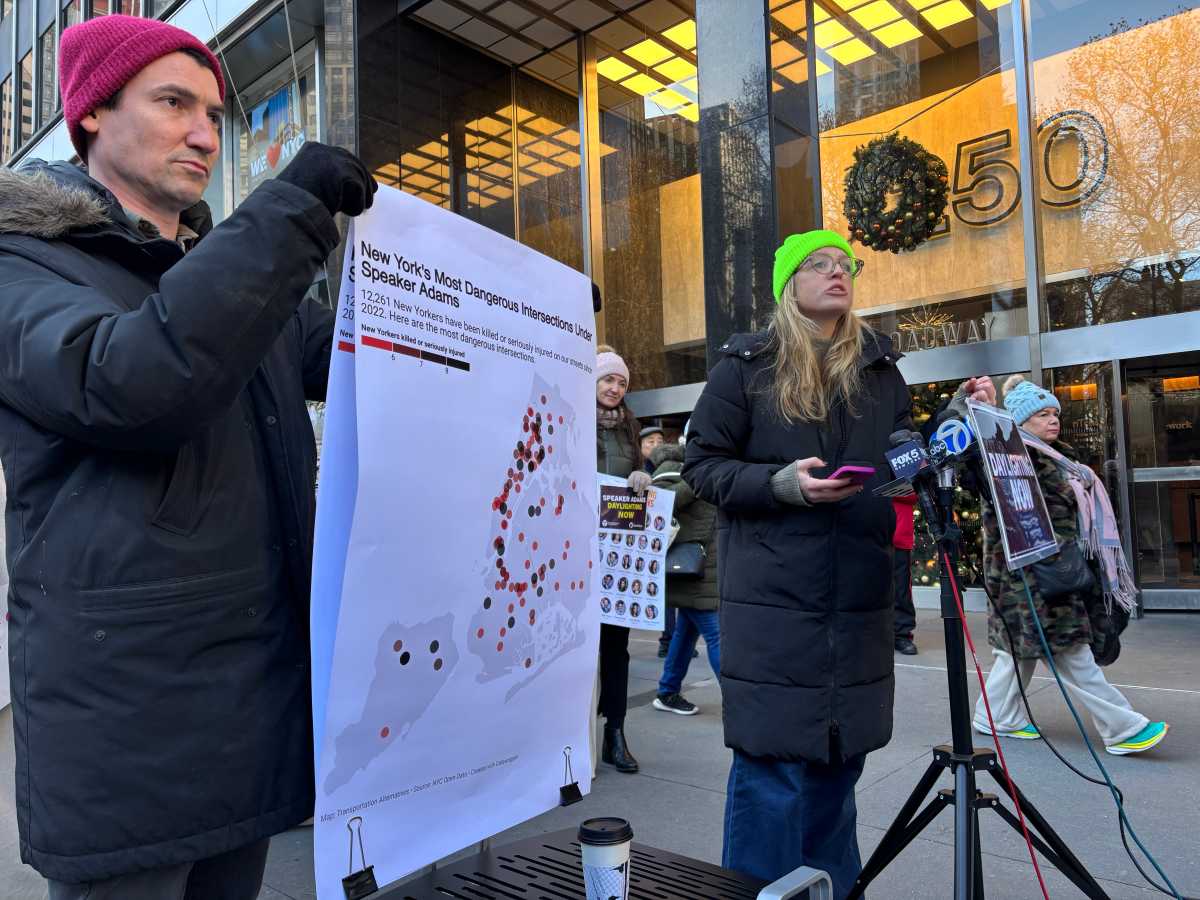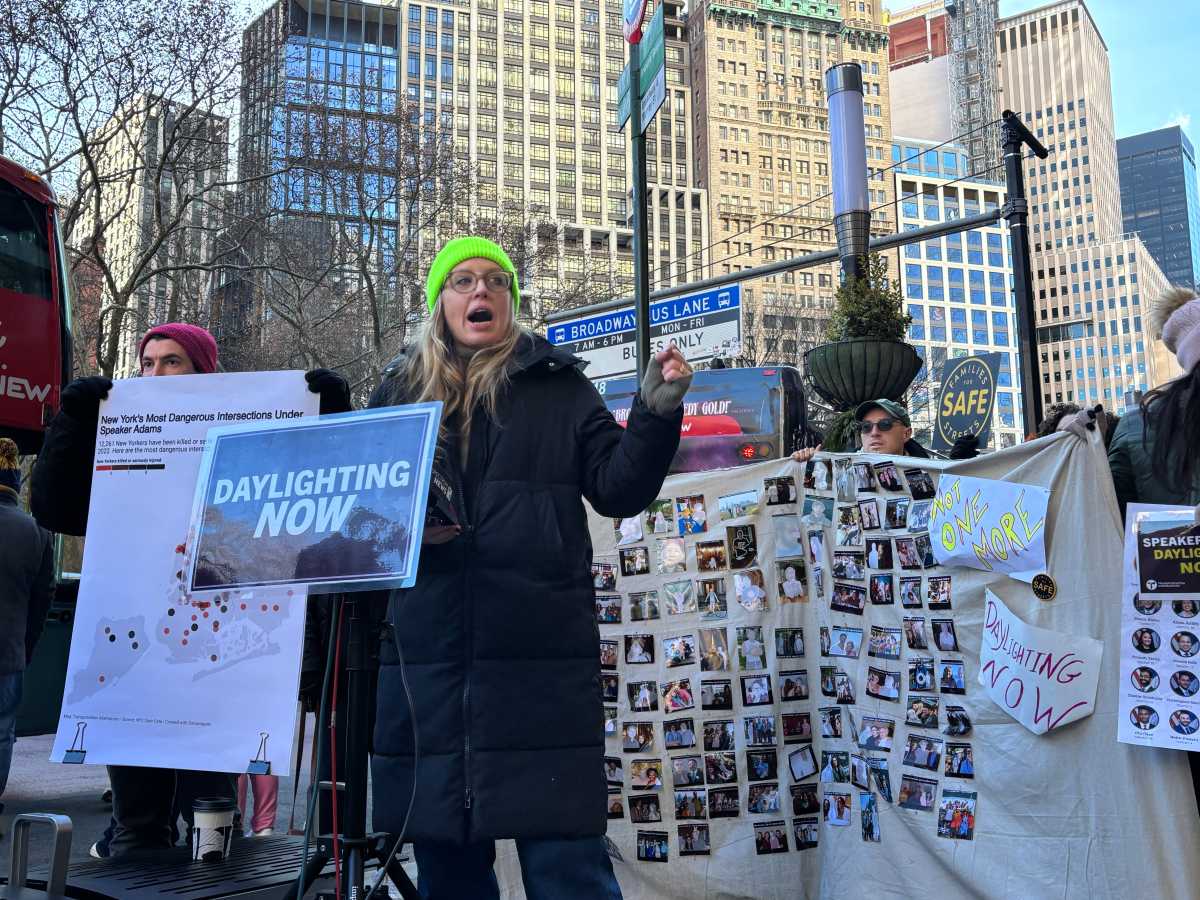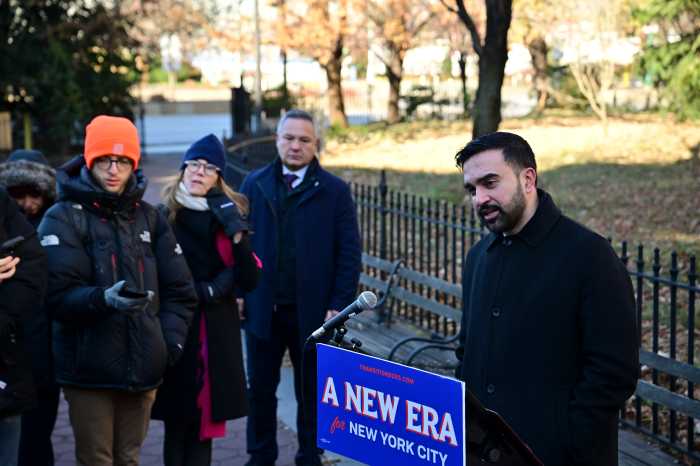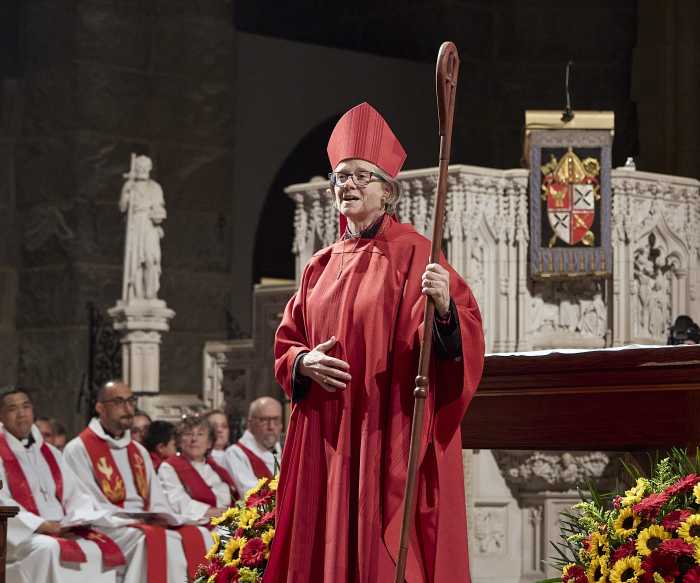By Joe Anuta
Northeast Queens civic leaders are peeved the city will be doing construction in College Point but offering wetland restoration to Douglaston to offset the project more than 10 miles from where the work will take place.
The city will be digging up streets in College Point as part of a long-term plan to upgrade the area’s sewer system and prevent pollution from flowing into Flushing Bay and Flushing Creek. To make the construction more palatable, the city has offered to help restore costal wetlands and put in a kayak launch, according to a plan from the city Department of Environmental Protection.
But a study from the department indicated those wetlands will be in Udalls Cove in Douglaston instead of the costal areas of College Point, which flabbergasted James Cervino, a scientist and wetlands expert who is also the environmental adviser and a member of Community Board 7.
“I couldn’t believe that,” Cervino said during a presentation to the board’s Environmental Committee. “We need it more.”
The report listed several reasons why the city deemed the College Point coastline unworthy of money. Some parts are under the Whitestone Bridge and the water’s edge is populated with manufacturing buildings, difficult to access and not owned by the city, the report said.
“Therefore, the potential for great ecological benefits can be enhanced by a more robust cumulative wetland restoration that is proposed for a nearby site at Udalls Cove,” DEP said in a report.
Walter Mugdan, president of the Udalls Cove Preservation Committee, said that he is always happy to get money to restore the wetlands, but he does not want the money at the expense of another deserving area.
“We would welcome any addition restoration, but we haven’t asked for it,” said Mugdan, who was not aware of the plan until contacted by TimesLedger Newspapers. “And we certainly haven’t asked for it at the expense of College Point.”
According to Cervino, there are plenty of projects in and around MacNeil Park, on Poppenhusen Avenue between 115th Street and College Place, that could help the ecosystem.
During his presentation, Cervino referred to photos of robust sea grass growing just off the College Point coast and devices he installed to help oysters thrive as proof of a wetlands ecosystem.
In addition, he said walkways along the edge of MacNeil Park are rife with sinkholes and in general disrepair and could be restored by the city.
Cervino has started to build a kayak launch at that park as well, but the city has proposed to build one in nearby Powell’s Cove instead, right next to the Tallman Island Sewage Treatment Facility.
Cervino has derided what he calls the city’s illogical decisions to propose mitigation projects in areas that will not benefit the community affected by construction, but he is a huge fan of the overall plan.
“I like it when they do things like this,” he said at the meeting. “This is one of the best things our tax dollars could go for.”
For decades, the city has been trying to minimize the pollution dumped into Flushing Creek and Flushing Bay during rainstorms, when the extra water overwhelms New York’s antiquated sewer system. Instead of flooding homes and businesses with sewage and rainwater, a mixture of the two is jettisoned into the waterways all over the city to alleviate the pressure.
The city upgraded the Tallman Island Sewage Treatment Facility in College Point to handle more intake. It also built holding tanks in Flushing underneath the Al Oerter Recreation Center and sports fields, which was provided as an amenity to the community.
The construction in College Point will be to make connections between those two projects with pipes and catch basins all over the community.
Reach reporter Joe Anuta by e-mail at januta@cnglocal.com or by phone at 718-260-4566.

